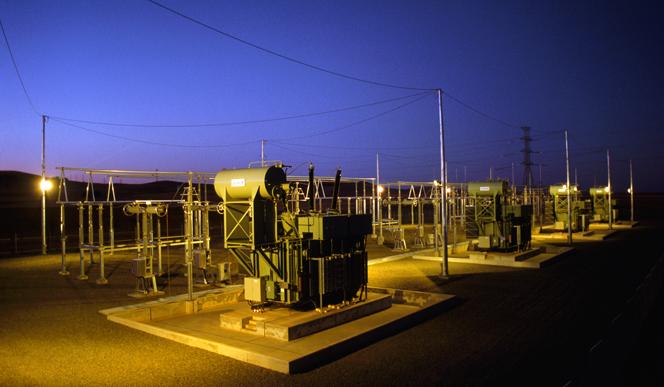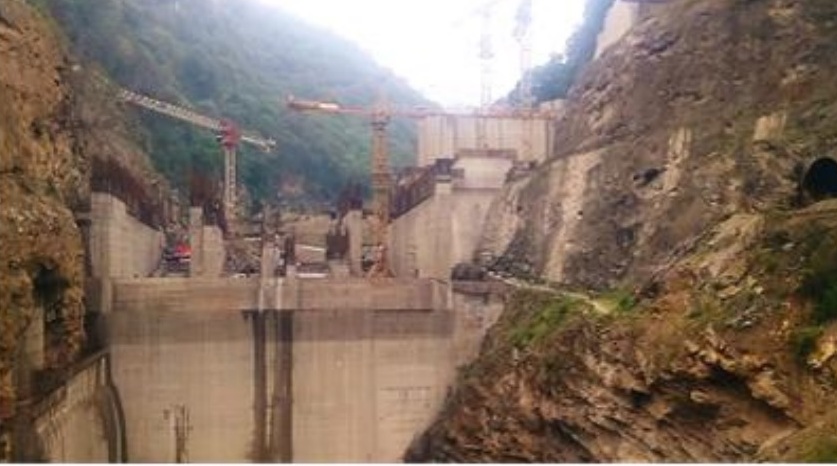Construction work on the Indian portion of the cross-border link to facilitate import from Bhutan’s Mangdechhu hydropower project was recently completed, according to a government report.
A report by Central Electricity Authority (CEA) indicates that physical work on the 400kV double-circuit Jigmeling-Alipurduar (Quad) was completed in late-March 2021. The “anti-theft” charging was done on March 28, 2021, and the line is expected to start operations soon, albeit much delayed from the original completion schedule of January 2018.
The line spanning 326 ckm with 466 tower locations is being developed by Power Grid Corporation of India Ltd (PGCIL). Jigmeling is a location on the India-Bhutan border while Alipurduar is located in West Bengal.
From Alipurduar, electricity will be transferred to other parts of India through the 800kV, Biswanath Chariali–Alipurduar–Agra multi-terminal HVDC bipole line.
Bhutan component
The Bhutan portion of the link comprises two double-circuit 400kV lines from Mangdechhu (the location of the hydropower plant) to Jigmeling, via the Goling pooling station. Each line is around 170 ckm.
The entire transmission system associated with the 720-mw Mangdechhu hydropower project, includes, among various other components, a 400/220kV GIS substation at Jigmeling.
Interestingly, Indian EPC company Kalpataru Power Transmission Ltd was awarded the EPC contract for constructing the Bhutan portion, in 2013. Indian EPC major KEC International Ltd, along with Korea’s Hyosung Corporation, was entrusted with the aforementioned GIS substation. According to reliable information, the Bhutan portion of the transmission system (Mangdechhu-Jigmeling line as well as other components) was completed well before the underlying 720-mw Mangdechhu hydropower project was completed.
Power purchase
In August 2019, PTC India Ltd signed a power purchase agreement with Druk Green Power Corp. Ltd (a Bhutan government company) for purchase of surplus power from 720-mw Mangdechhu hydropower project in Bhutan for 35 years. Government of India designated PTC as the nodal agency from Indian side to purchase this power from Bhutan.
Status of hydropower project
 The Mangdechhu hydropower project is a 720-mw run-of-the-river plant built on the Mangdechhu River in Trongsa Dzongkhag district, central Bhutan. The project, with an estimated outlay of Rs.4,500 crore, is being funded by the Indian government by of grant (30 per cent) and loan (70 per cent). Mangdechhu Hydroelectric Project Authority (MHPA), an entity jointly constituted by the Indian and Bhutan governments, is the project developer.
The Mangdechhu hydropower project is a 720-mw run-of-the-river plant built on the Mangdechhu River in Trongsa Dzongkhag district, central Bhutan. The project, with an estimated outlay of Rs.4,500 crore, is being funded by the Indian government by of grant (30 per cent) and loan (70 per cent). Mangdechhu Hydroelectric Project Authority (MHPA), an entity jointly constituted by the Indian and Bhutan governments, is the project developer.
Construction work on the project began in June 2012 and the fully-completed project was officially inaugurated in August 2019, at the hands of Indian Prime Minister Narendra Modi.
The Mangdechhu project is one of the several projects aggregating 10 GW that Bhutan aims to develop with India’s cooperation. Bhutan has an estimated hydropower potential of 30 GW out of which barely 2 GW is currently commissioned.
Importing electricity from Bhutan
India has been importing electricity from Bhutan for several years now. Agreements are in place with respect to operational hydropower projects in Bhutan like Tala (installed capacity: 1,200 mw), Chukha (336 mw) and Kurichu (60 mw). Besides the newly-commissioned 720-mw Mangdechhu project, India will also be importing electricity from other upcoming hydropower projects in Bhutan. The Punatsangchu-I (1,200 mw) and Punatsangchu-II (990 mw) are two important cases in point.
In FY21, according to provisional estimates, India imported 8.79 billion kwh of electricity from Bhutan. This was a significant 52 per cent higher than the corresponding 5.79 billion kwh in FY20.
Featured photograph (source: Rite Geosystems Inc) shows file picture of the then under-construction concrete dam associated with the 720-mw Mangdechhu hydropower project in Bhutan. Smaller photograph shows one of the several generator step-up transformers supplied to the Mangdechhu project by GE T&D India, which was known as Alstom T&D India when the equipment order was placed in 2014.



